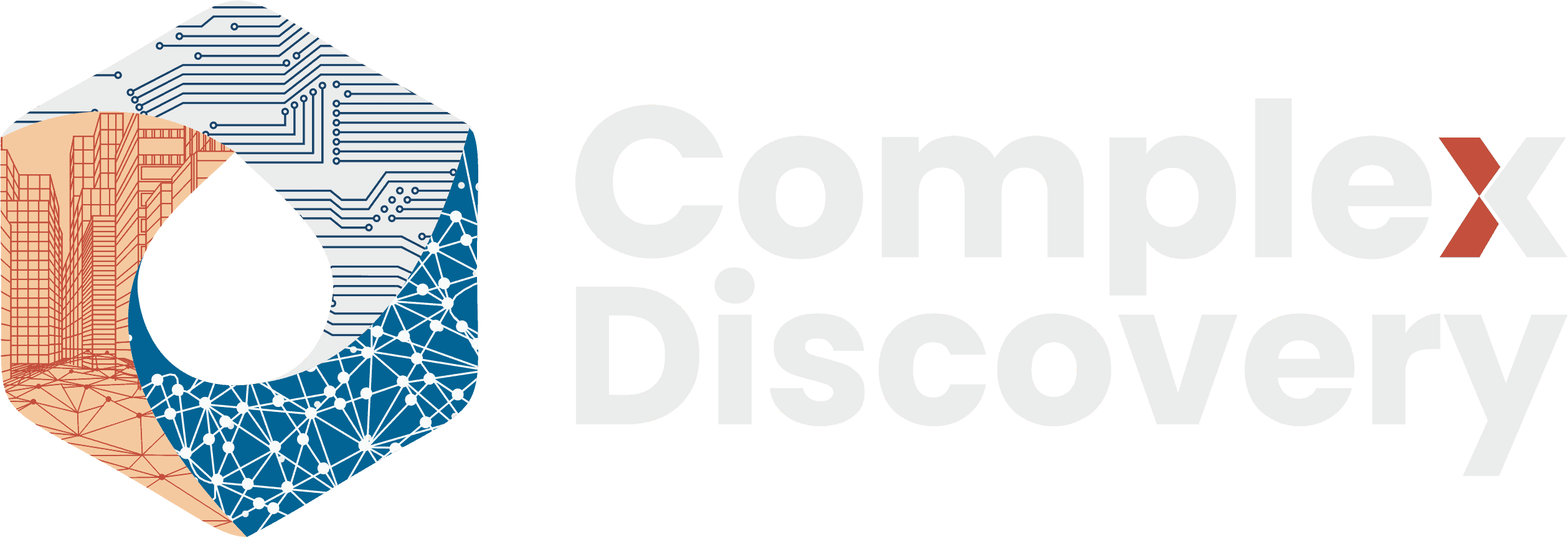Editor’s Note: This article draws from the recent paper “A Primer on the Different Meanings of ‘Bias’ for Legal Practice” by Tara S. Emory and Maura R. Grossman. Their work delivers timely insight into how the term “bias” functions across both technical and legal domains—highlighting its essential, statistical, and discriminatory forms.
For professionals in cybersecurity, information governance, and eDiscovery, these distinctions are not merely academic. They directly influence how AI systems are selected, audited, and deployed. Whether conducting risk assessments, validating vendor claims, or ensuring defensibility in litigation, recognizing the type of bias at play is foundational to effective governance. This article presents a concise and practical framework for aligning AI functionality with ethical and legal expectations in real-world settings.
Content Assessment: The Many Faces of AI Bias in Legal Practice
Information - 92%
Insight - 93%
Relevance - 93%
Objectivity - 94%
Authority - 95%
93%
Excellent
A short percentage-based assessment of the qualitative benefit expressed as a percentage of positive reception of the recent article from ComplexDiscovery OÜ titled, "The Many Faces of AI Bias in Legal Practice."
Industry News – Artificial Intelligence Beat
The Many Faces of AI Bias in Legal Practice
ComplexDiscovery Staff
Not all bias in artificial intelligence is a flaw. In the legal field, where technology is increasingly integrated into critical workflows, some forms of bias are not only acceptable—they’re essential. But knowing which kind of bias you’re dealing with makes all the difference. In a timely and incisive paper forthcoming in Judicature and titled “A Primer on the Different Meanings of ‘Bias’ for Legal Practice,” attorneys Tara S. Emory and Maura R. Grossman present a comprehensive framework for understanding the varied meanings of “bias” within AI systems and their implications for legal professionals.
Bias in AI is often misunderstood as uniformly negative. Yet, as Emory and Grossman explain, the term encompasses a spectrum of meanings—from helpful tendencies that drive system functionality to deeply problematic distortions that reinforce inequality. For lawyers, judges, and policymakers, the ability to distinguish between these categories is becoming a fundamental aspect of responsible technology governance.
One of the more constructive types of bias, referred to as positive-tendency bias, is an inherent part of how AI systems operate. These systems rely on statistical models to predict likely outcomes. For example, when a user types a misspelled word, an autocorrect feature suggests the most probable correction—not randomly, but based on data-derived likelihoods. In legal practice, this same form of bias allows generative tools to draft clauses, retrieve relevant case law, or predict document responsiveness. Without this weighted preference for likely results, such systems would be chaotic and unusable. Far from being a bug, this type of bias is what makes AI tools function effectively.
Yet not all bias in AI is benign or functional. Statistical or mathematical biases can distort outcomes in ways that hinder performance or produce unreliable results. These biases can stem from various technical flaws, such as data that does not adequately reflect the environment in which the AI is applied, or labels applied by humans who introduce their own inconsistencies. Emory and Grossman describe how problems can arise when systems are trained on narrow or unrepresentative datasets, or when algorithms are overfitted to historical data and fail to generalize effectively. They also highlight the problem of temporal drift, where models become less accurate over time as user behavior or social patterns change. These types of statistical bias may not be inherently discriminatory, but they compromise the validity of the AI tool and, when left unaddressed, may result in unjust or erroneous decisions.
The most serious form of bias explored in the paper is discriminatory bias, which occurs when AI systems replicate or amplify inequities faced by protected groups. This kind of bias can arise even when the underlying algorithms are technically sound, particularly if the data used to train the system reflects a history of unequal treatment. Legal frameworks already distinguish between disparate treatment, where actions are intentionally discriminatory, and disparate impact, where neutral practices lead to unequal results. AI systems, due to their complexity and opacity, can inadvertently trigger either of these. For instance, an algorithm trained on historical hiring data may continue to disadvantage certain racial or gender groups even if the inputs appear neutral. Discriminatory bias is especially dangerous because it can mask itself behind the appearance of objectivity and automation.
To illustrate the importance of context in assessing bias, Emory and Grossman offer a compelling analogy involving a weighted die. In one scenario, a gambler secretly uses the die to gain an unfair advantage, deceiving others who assume fairness. In another, students transparently use a similarly weighted die as part of a classroom exercise designed to maximize learning outcomes. The difference is not in the die itself, but in how and why it is used. Similarly, bias in AI can serve legitimate or illegitimate purposes, depending on the transparency of its application and its alignment with the intended goals.
The authors also caution against simplistic notions of “de-biasing” AI systems. Given that some bias is necessary for AI to function at all, removing it entirely is neither possible nor desirable. Instead, bias must be managed through careful design, evaluation, and governance. Attempts to correct specific disparities may introduce new complications, especially when legal constraints limit the kinds of adjustments that can be made. Efforts to improve fairness, therefore, must be context-specific, technically informed, and legally grounded.
Ultimately, the paper calls for a shared vocabulary and deeper cross-disciplinary understanding. Legal professionals must learn to parse the different meanings of bias and recognize how they relate to both technical accuracy and social justice. As AI systems increasingly influence decisions about hiring, litigation, creditworthiness, and more, the ability to distinguish statistical imperfection from ethical hazard will be critical. In a field where fairness and precision are paramount, getting this right isn’t optional—it’s foundational.
News Sources
- Tara S. Emory & Maura R. Grossman, “A Primer on the Different Meanings of ‘Bias’ for Legal Practice,” Judicature, vol. 109, no. 1 (2026) (forthcoming).
- A Primer on the Different Meanings of “Bias” for Legal Practice by Maura R. Grossman, Tara Emory (SSRN)
Assisted by GAI and LLM Technologies
Additional Reading
- Courts at the Crossroads: Confronting AI-Generated Evidence in the Age of Deepfakes
- Judges and AI: The Sedona Conference Publishes a Framework for Responsible Use
- Complete Look: ComplexDiscovery’s 2024-2029 eDiscovery Market Size Mashup
- eDiscovery Industry: 2024 M&A Highlights and 23-Year Retrospective of Growth and Market Trends
Source: ComplexDiscovery OÜ





































